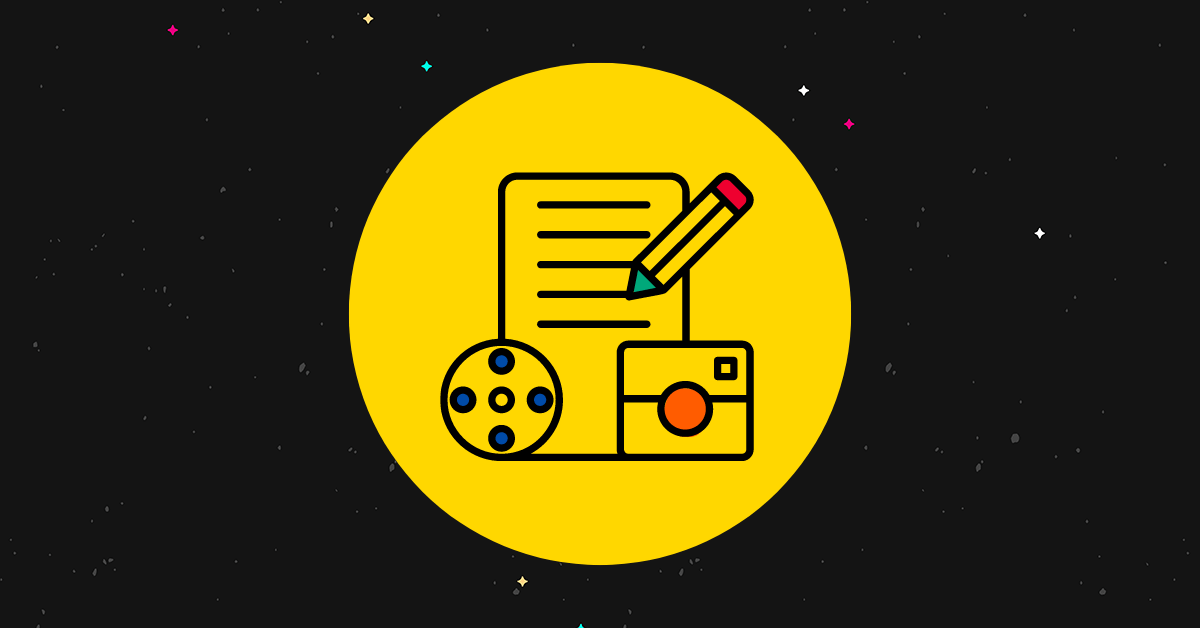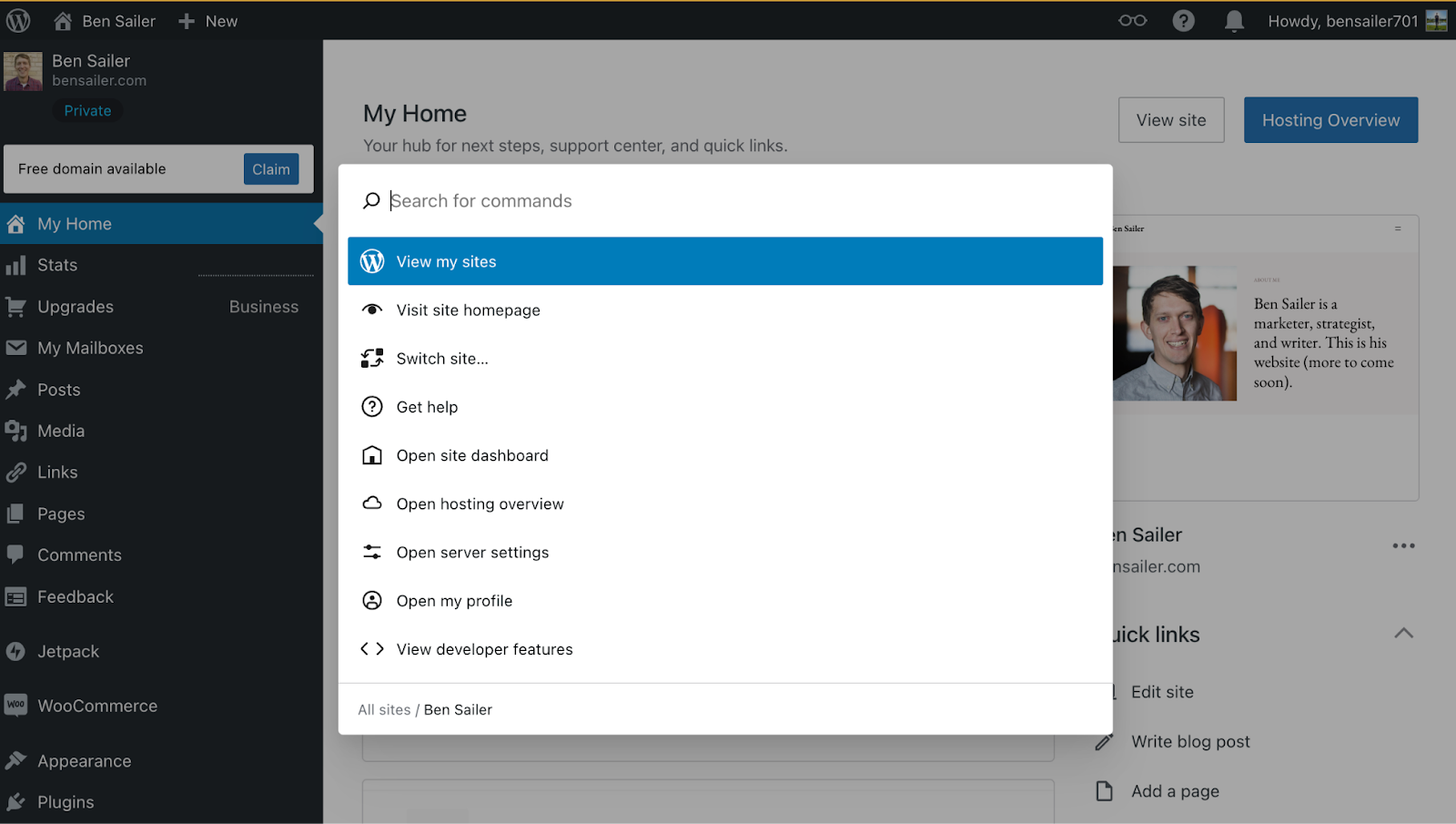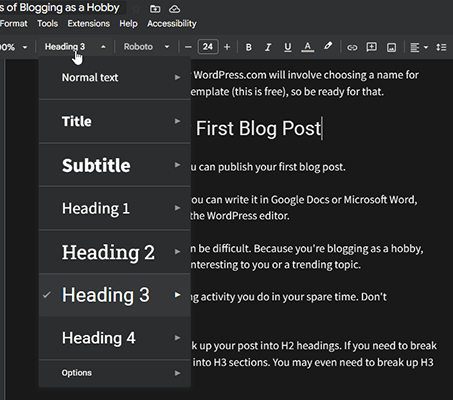Are you aware of the intricate journey your customers embark on from first hearing about your product to finally making that purchase? It’s a fascinating path filled with considerations, questions, and choices that could significantly influence their buying decision. But here’s the kicker: did you know you can actually optimize this entire journey using the power of content? In this article, I’m eager to dive deep into the significance of content marketing in shaping and enhancing the customer journey. Together, we’ll explore how crafting a coherent and engaging narrative across different touchpoints can lead to a smoother path to purchase—and perhaps turn a few casual browsers into loyal customers. Ready to unlock the secrets? Let’s get into it! LEARN MORE

Do you know what journey your customers take from the time they’re made aware of your product to the point at which they actually make a purchase?
Did you know you can optimize this journey with content?
In this post, we demonstrate the importance content marketing has in the customer journey.
What is the customer journey?
“Customer journey” is the business term for the process a customer goes through from the moment they are made aware of your product to the point where they complete a purchase of it.
Almost every aspect of your business can be optimized. This includes the marketing process involved in the customer journey.
Maybe you have a compelling product, but your product page is a mess and doesn’t effectively communicate your product’s usefulness to your customer.
Identifying every step in the customer journey can help you optimize key aspects of it.
Collectively, these steps are known as a “customer journey map.”
What are customer journey maps?
A customer journey map is a breakdown of each step involved in the customer journey, from the time a potential customer learns about your product to the time they make a purchase.
Creating customer journey maps can help you identify what is and isn’t working for your business in terms of marketing.
If you include analytics and other data in your maps, you can truly see what’s working and not working for your business and even come up with additional steps you may want to add to the customer journey.
You should create a customer journey map for every revenue stream you have for your business.
How to create a customer journey map
Here’s our three step guide for creating a customer journey map:
- Identify customer touchpoints. These are your revenue streams you earn from customer interactions.
- Identify an end goal for each touchpoint.
- Map out every stage of each touchpoint.
Let’s discuss each one.
1. Identify customer touchpoints
Think of every revenue stream your business has that requires an interaction from a customer.
For example, display ads are not a customer touchpoint because your customer doesn’t necessarily need to interact with them in order for you to earn revenue.
Here are common customer touchpoints you should create customer journey maps for:
- Products
- Service, including memberships and subscriptions
- Affiliate links
- Online courses
- Events
You might consider sponsorships to be a touchpoint as well since you can use the number of clicks you generate for a sponsor to negotiate more lucrative deals in the future.
Whatever touchpoints you have, identify them before you move on to the next step.
2. Identify an end goal for each touchpoint
This is an easy step. All you need to do is jot down the action you want customers to take with each touchpoint:
- Product
- Customer completes a purchase.
- Service
- Customer requests a quote or consultation.
- Customer makes a deposit.
- Customer pays a fee for access to a service.
- Affiliate link
- Customer clicks an affiliate link.
- Customer completes a purchase after clicking an affiliate link.
- Online course
- Customer registers for a course.
- Customer purchases a course.
- Customer pays for a subscription fee for a course.
- Events
- Customer registers for an event.
- Customer purchases a ticket for an event.
- Sponsorship
- Customer clicks on a sponsor’s link.
- Customer purchases a sponsor’s product.
Jot down an end goal for each touchpoint you’ve identified.
3. Map out every stage between the start and end of each touchpoint
The customer journey is a three-part process:
- Awareness
- Consideration
- Purchase
A customer journey map includes every part of the process that guides customers through all three stages.
For a product, your customer journey map may be as simple as this:
- Advertising
- Blog post.
- Social media video.
- Ads.
- Product page
- A page customers can use to learn more about your product and purchase it.
- Shopping cart
- A page customers can use to edit their shopping carts for your store.
- Order confirmation
- The page your customer uses to place their order.
- Receipt
- Digital receipt your customer can download for their records.
You can add additional stages to your maps to improve your conversions.
For example, instead of leading your customers from your ad directly to your product page, you can take them to a landing page for a lead magnet instead.
This gives you an opportunity to acquire their email address and nurture them before asking them to buy.
You can also add a step after your customer completes a purchase.
For example, a few weeks after your customer completes a purchase, you can remind them to restock what they purchased or suggest similar products.
Get really specific with the customer journey, and think about every page your customer visits before they make a purchase and every email they’ll receive.
Jot down each step in the order they typically occur in.
Why you should include content marketing in your customer journey maps
If you have something to sell, you need a way to get the word out. This is what marketing is all about.
In the digital age, we use content marketing to provide value in our respective niches and grow an audience.
We can then nurture that audience and promote our products to them.
But why is content marketing so effective?
For starters, it allows you to attract more leads, which also allows you to receive more conversions.
It also allows you to attract higher-quality leads who have demonstrated a heightened level of interest in your niche or your products.
Finally, content marketing saves you money on customer acquisitions by giving you the opportunity to grow an audience that is eager to support your business by purchasing products and using your affiliate links.
Think about these benefits as we cover the main point of this post in the next section.
How to align your content strategy with your customer’s journey
You should have a few things written down by now:
- Every revenue stream that requires a customer interaction.
- An end goal for each revenue stream.
- A customer journey map for each revenue stream.
Now, it’s time to learn how to align your content strategy with your customer’s journey. You can do this by weaving content into your customer journey map, like so:
- Identify problems your revenue streams target.
- Come up with solutions to those problems.
- Create content that covers those solutions.
- Create social media content that covers those same topics.
- Use lead magnets to acquire leads from this content.
- Nurture leads through your email list.
- Add all of these steps to your customer journey map.
Let’s start with Step 1.
1. Identify the problem(s) each revenue stream targets
Write down the primary problem each one of your revenue streams targets.
If your product is merchandise or something that doesn’t seem to have a clear benefit for your customer, just say “customer want.” This means it represents a product your customer has no real purpose for other than they want it.
What you’re doing here is determining the primary purpose of each one of your revenue streams. Knowing this will make it easier for you to market it.
2. Come up with topic ideas that target each problem you identify
Jot down potential solutions for each problem you identify.
Next, come up with content ideas that address those problems and provide those solutions.
You’re not creating the content at this point. Only coming up with ideas.
Research the problem your audience is having and the solution you plan on providing if you need help coming up with ideas.
You can also research your competitors’ websites to see if they’ve covered the topic at all.
Make sure the ideas you come up with have keywords you can target.
3. Create blog posts for your best ideas
Turn your best content ideas into blog posts.
Write high-quality content that’s reader friendly as much as it is SEO friendly, then publish it on your blog.
These posts are designed for the marketing phase. They’re meant to attract customers so you can capture them as leads.
4. Create social media content out of the same ideas
You should also use these same content ideas to create original social media content on all platforms your audience uses.
This will complicate your customer journey map since you can’t add opt-in forms to social media posts, but this content will give you an extra marketing source for your product.
5. Create a lead magnet for each blog post
You can go right ahead and advertise your products directly in the blog posts you created earlier. You can even lead customers directly to your product page from those blog posts.
However, this may not lead to the results you want.
What you should do instead is create a lead magnet for each blog post, then advertise that lead magnet through an email opt-in form. This allows you to capture your reader as a lead and nurture them before asking them to buy.
Suitable lead magnets for a sales funnel include ebooks and email courses.
You can even create dedicated landing pages for lead magnets, especially if you also created social media posts and need to send your social media audience somewhere on your website.
6. Use email marketing to nurture leads
Once you’ve captured your lead, spend the next two to five emails nurturing them by sharing additional tips and insights on the solution you provided in your blog post or social media post.
Then, ask customers to buy in a final email. You can either send leads directly to your product page or send them to a landing page that contains links to your product page. Whatever you feel is best.
Some marketers offer a deal in an attempt to increase conversions, such as a 10% discount only available for a limited time.
Other marketers send their “buy now” emails, then wait to see if customers are willing to buy the product at full price before they offer a discount.
7. Add these steps to your customer journey map
Include each of these additional steps in your customer journey map, and collect analytics for each.
This includes the number of visitors you receive to each individual blog post page, the number of likes and views you receive on social media, your conversion rate for your email opt-in forms, the number of leads who click on your nurturing emails, and finally, your conversion rate for the email you use to promote your product.
This will allow you to optimize every additional step you add to your sales funnel.
Final thoughts
And that’s a wrap. Now you know how to align your content strategy with your customer’s journey.
Start working through the steps above. Identify the problems each revenue stream targets, come up with topic ideas, then create content based on these.



